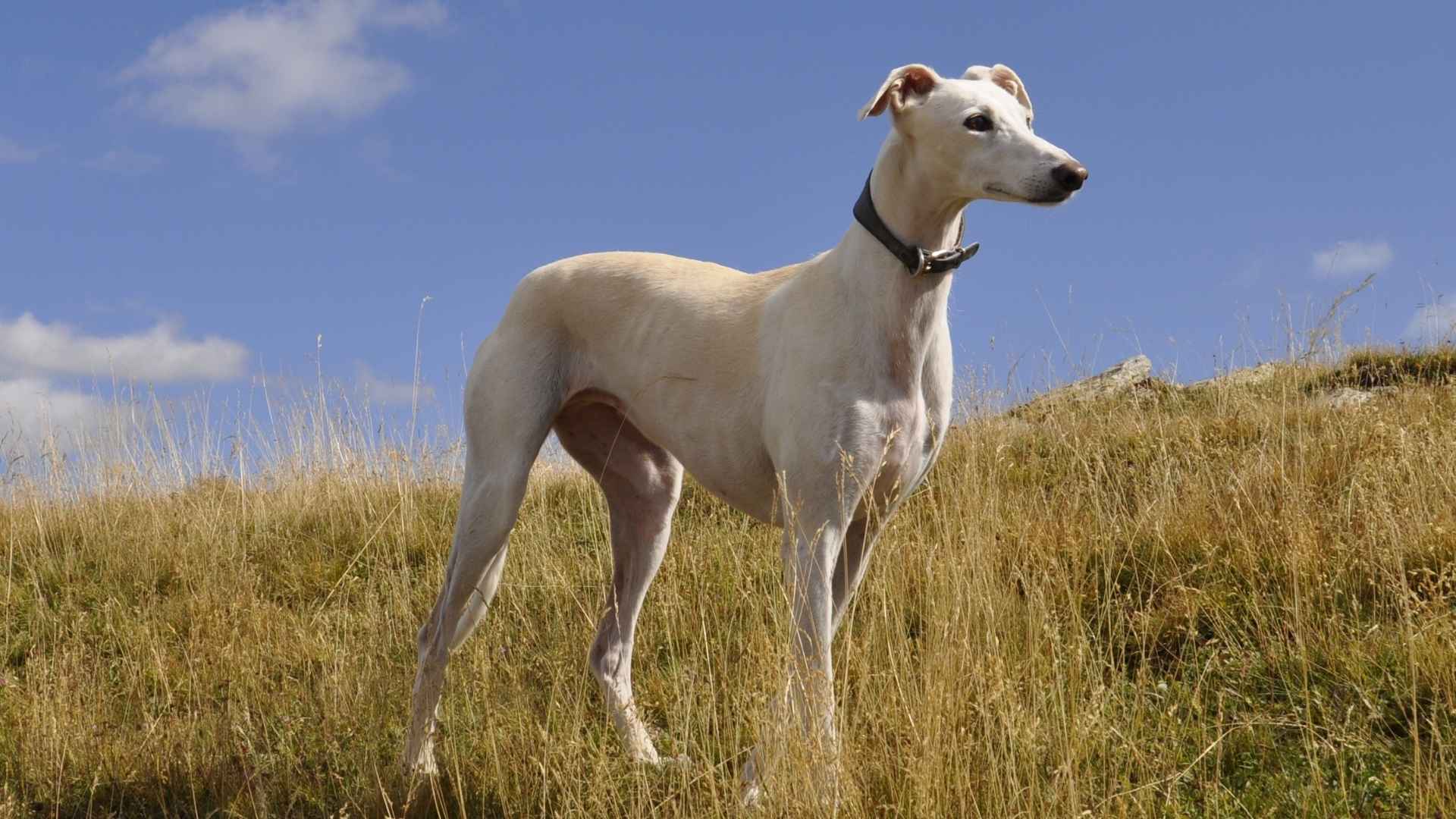Hip dysplasia in dogs ain’t something to overlook, it’s painful, often sneaky, and gradually takes away a dog’s ability to move with ease. Some breeds like German Shepherd dogs or even Labrador Retrievers have a reputation for it. But hey, not every dog’s hips are doomed.
According to the American Kennel Club (AKC), the issue starts when the ball and socket of the hip joint don’t quite fit together like they should. Instead of gliding smoothly, they grind, and that grinding wears the joint down over time, eventually wrecking how it functions altogether.
Researchers, vets, and seasoned breeders agree that this condition isn’t caused by just one thing. Sure, genetics matter. But so does body weight, growth rate, how a dog moves early in life, and even plain old chance. Some younger dogs show symptoms fast; in others, it creeps in later. But here’s the good news: some dog breeds are just less likely to face it in the first place.
We’ve fetched 10 breeds that usually steer clear of this nasty joint disease, giving pet parents peace of mind and their pups a pain-free, active life.
Dog Breeds That Rarely Develop Hip Dysplasia
These 10 breeds stand out for their strong joints, balanced builds, and lower risk of hip dysplasia, making them smart picks for dog owners seeking long-term mobility and active companionship.
1. Basenji
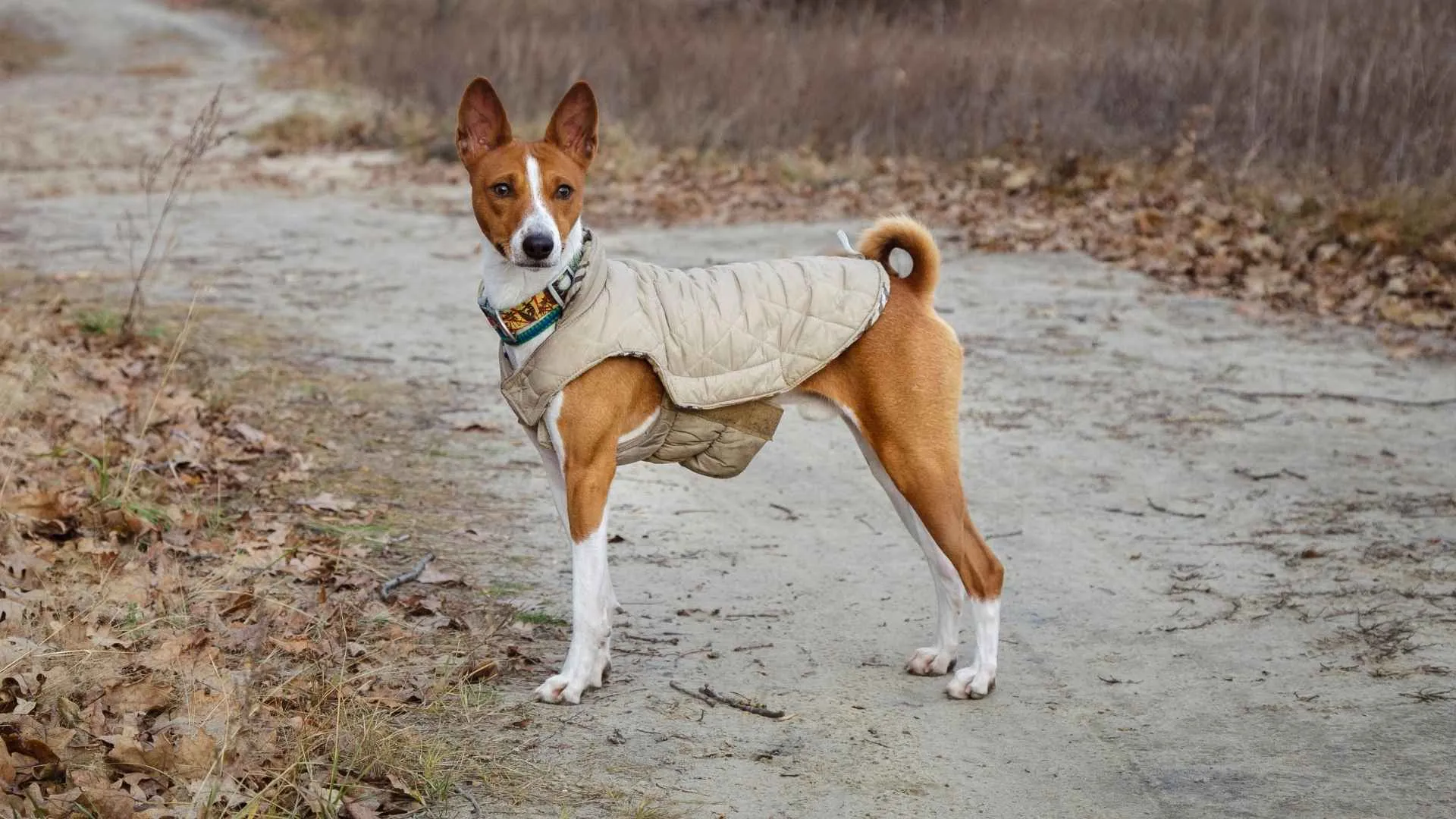
You’ve got a dog that doesn’t bark and barely smells? That’s a Basenji. This little hound from Africa’s forest is as smart as it is sleek. They’re not bulky, which means they don’t stress their legs much. Perfect for folks who want clean, compact, agile, and relatively silent canine companionship.
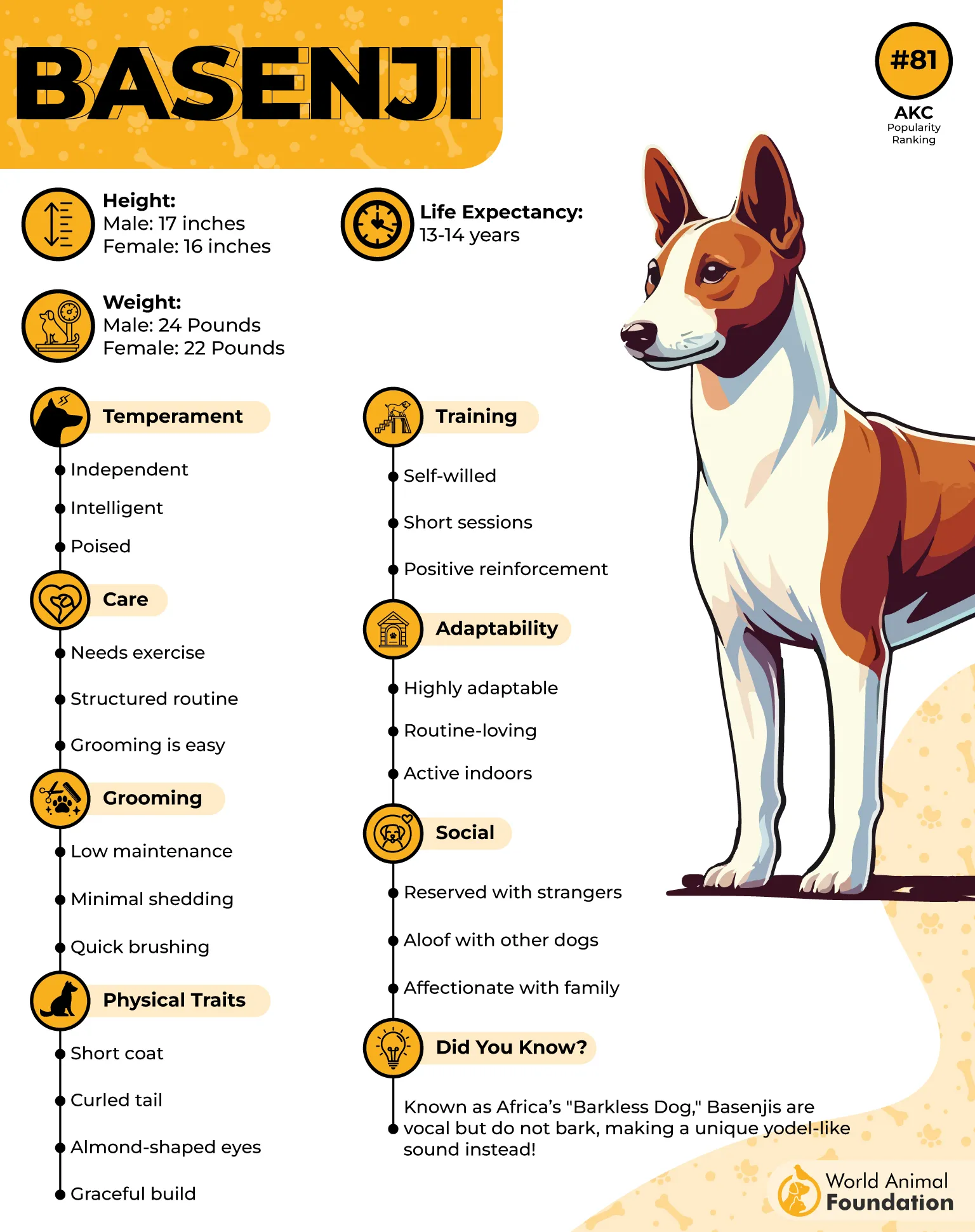
Built for Clean Running
Basenjis have fewer hip problems than most breeds. WebMD notes that only a small percentage, just over 3%, ever show signs of hip dysplasia. That’s pretty rare.
Their hip joints generally form well, and they age gracefully when kept lean. Avoid early strain and too much rough play while they’re growing, and you’ve got a nimble little athlete for life.
2. Greyhound
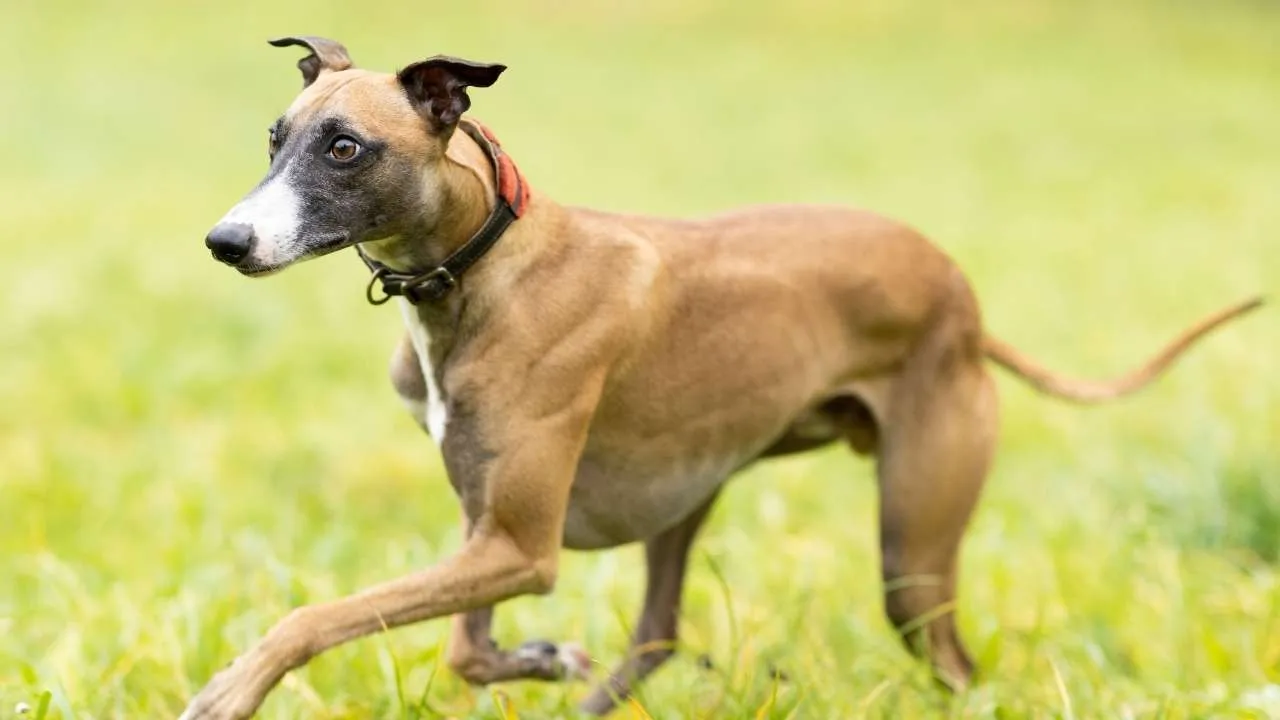
It’s weird, but these “giant” dogs are total couch potatoes inside. Grehounds look like muscle cars, but their joints don’t suffer like you’d expect. Their weight’s low for their size, and they’ve got legs for days, made more for slicing air than carrying excess body weight.
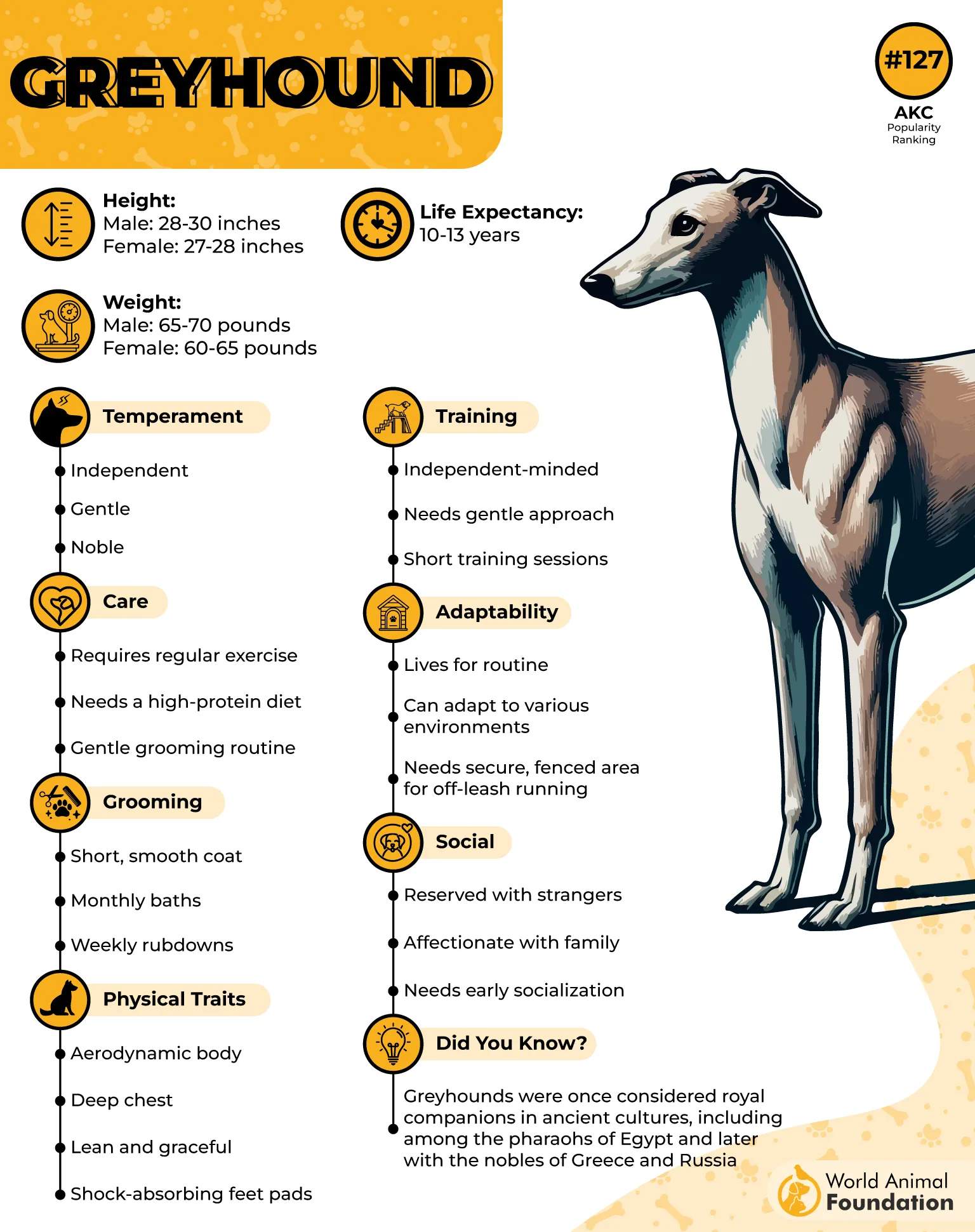
Structure That Spares the Joints
Their light frame results in less stress on the dog’s hips. Unlike heavy-set giant breed dogs, Greyhounds aren’t dragging mass that wears joints down. Even in old age, you don’t see a ton of signs of hip dysplasia. A bit of walking, solid meals, and they stay agile. No need for fancy physical therapy, usually.
3. Whippet
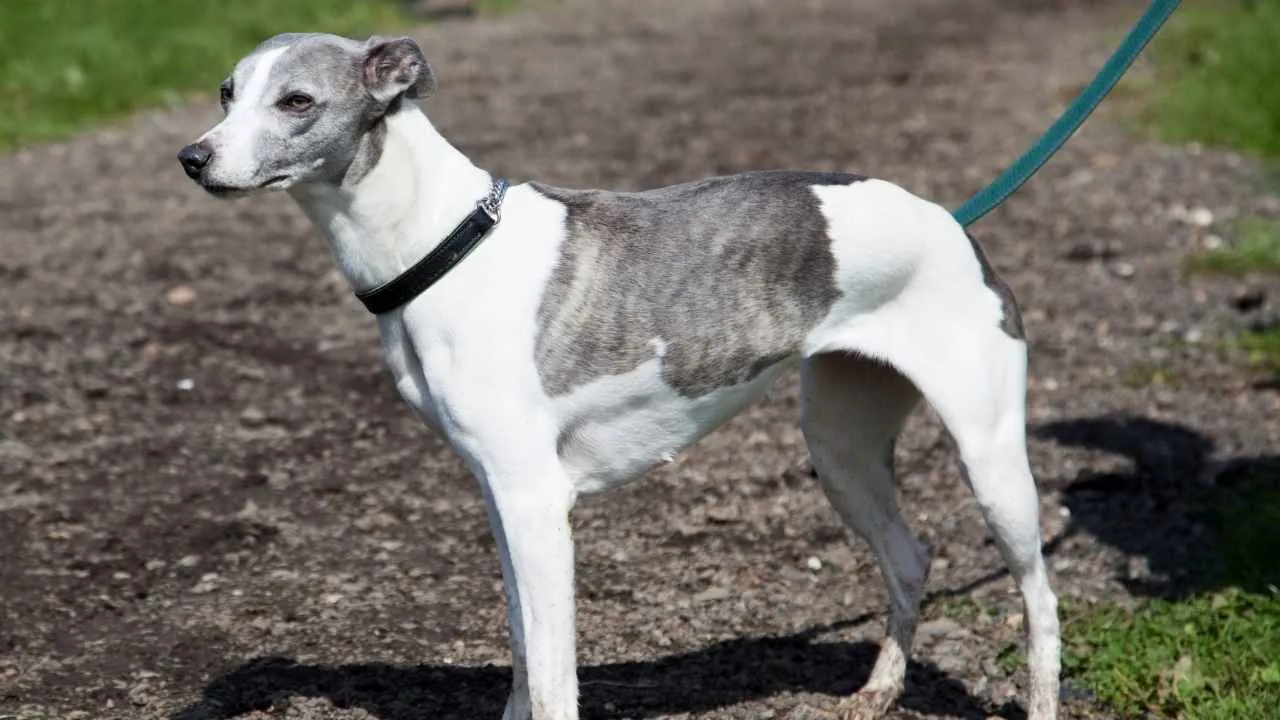
Whippets, they’re basically Greyhounds’ younger cousins, smaller, zippier, cuddlier. Super friendly, quiet too. They don’t carry a lot of extra fluff or weight. Perfect combo for people who want a small dog that stays sharp without any major joint issues.
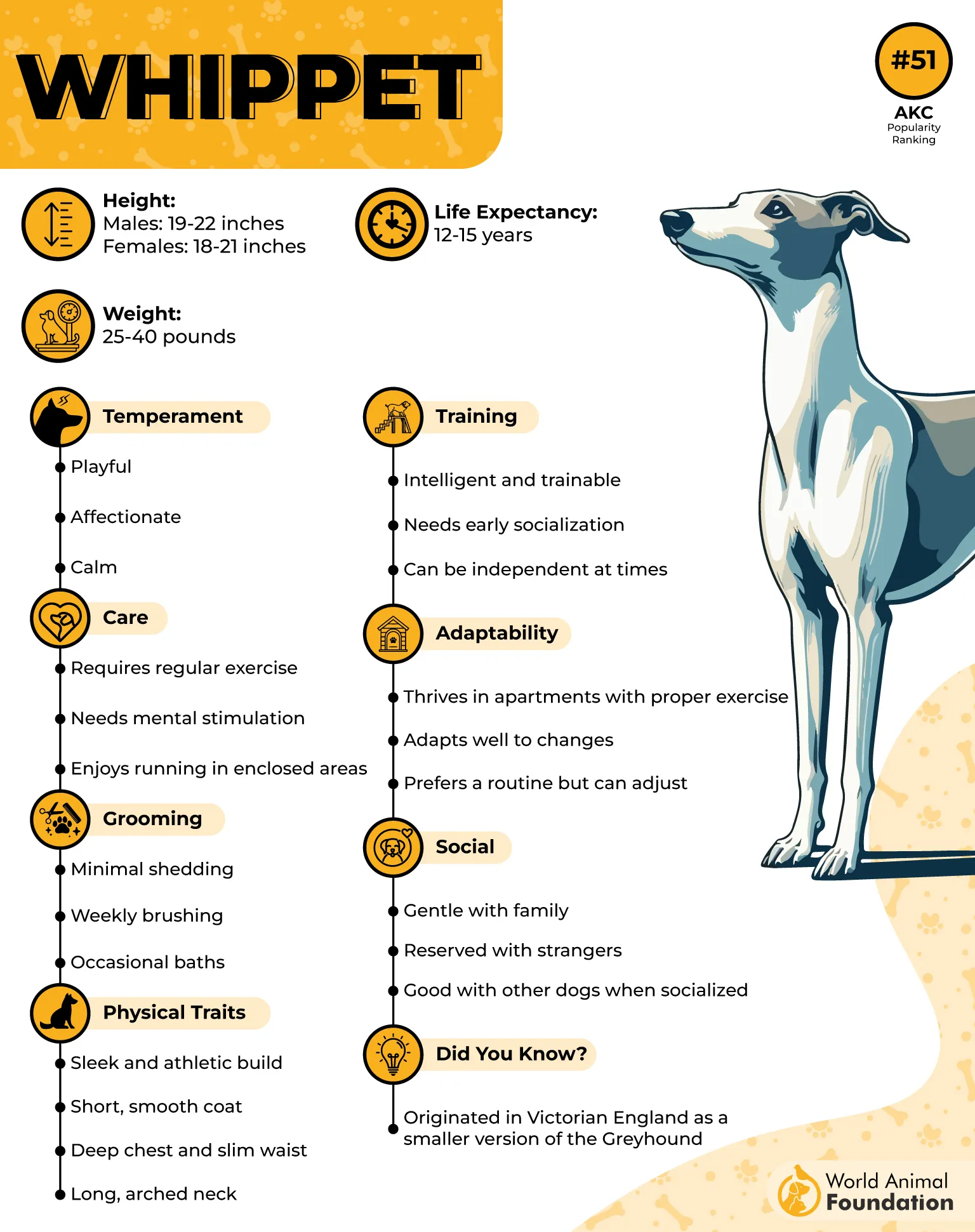
Naturally Joint-Friendly
Their thin but strong muscle structure supports joint health without overworking the sockets. They don’t develop a dysplastic hip often, actually, rare. Owners just gotta watch growth spurts. Too much strain early on? Bad news. But with steady growth and a good diet, most Whipets age with zero major hip problems.
4. Shiba Inu
Think a fox met a ninja, that’s the Shiba Inu. They’re confident, clean, and alert. Very independent. But they’re more than just good looks and attitude. Structurally? Tough little canines. Most don’t deal with major orthopedic issues.
Compact but Powerful
Their build keeps things in line. They’ve got strength, but not size, which leads to excess joint pain. Their femoral head, yeah, that part of the hip joint, fits well. Unless overfed or improperly exercised, they rarely face mobility challenges. Not a breed that hops like a bunny due to hip dysplasia, that’s for sure.
5. Australian Cattle Dog
The Aussie Cattle Dog doesn’t stop. If there’s work to do, they’re already doing it. Big energy in a medium body. Agile, determined, sturdy, and less fragile than they might seem. They were bred to herd livestock, after all, not nap on sofas.
Built to Outlast the Strain
According to PetMD, hip dysplasia does show up in this breed, but not often. When it does, it’s usually tied to poor joint formation during growth. Luckily, most Cattle Dogs have strong hips that stay stable. Keep their exercise regular and their body weight in check, and arthritis or serious joint pain is rarely an issue.
6. Siberian Husky
Snow-loving, blue-eyed, free-spirited Siberian Huskies are something else. They’re independent thinkers with energy to burn. Built for pulling sleds across ice, they need movement, but their joints surprisingly hold up well under pressure.
Natural Endurance, Lower Risk
Huskies don’t bulk up the way other large-breed dogs do. So even if they run a lot, they don’t overload their hips. Most live long, active lives without ever facing hip dysplasia in dogs. Watch their diet, keep them lean, and those joints will likely last well into their senior winters.
7. Belgian Malinois
You’ll find these dogs guarding airports, serving in the military, or working alongside top-tier police K9 units. Belgian Malinois are fierce, fast, and way more agile than they look. Surprisingly, they handle all the impact work without joint breakdown.
Function Over Flaw
Unlike German Shepherds, which are prone to degenerative joint disease, Malinois have better hip structure and less genetic predisposition to failure. Keep their weight down and don’t overtrain pups. With smart management, they age strongly. One of the best course breeds, if you’re worried about joint pain creeping in early.
8. Papillon
Small? Yes. Fragile? Not at all. The Papillons may look dainty, but they’re agile, athletic, and long-lived. They don’t carry much weight, so there’s no burden pressing down on their hind leg joints.
Featherlight but Tough
Papillons don’t usually show signs of hip dysplasia, even late in life. Their body weight stays low, their bones grow clean, and they aren’t built for activities that might wreck a dog’s joints. Some may need joint support eventually, but many Papillons run around problem-free into their senior years.
9. Toy Poodle
Don’t be fooled. Toy Poodles are more than pampered show dogs. They’re wicked smart, compact, and surprisingly sturdy. Despite the lace and bows, their bodies are lean and their posture is upright. That means less risk of skeletal messes down the road.
Intellect Meets Structural Integrity
Unlike their giant breed counterparts, Toy Poodles avoid joint issues from overloading. Their joints form nicely, and their hips? Usually right where they should be. Keep them fit. Let them move. And make sure there’s no excess weight creeping up, that’s the main enemy for this otherwise dog, a healthy and long-living breed.
10. Miniature Pinscher
The “King of Toys,” the Miniature Pinscher, is confident, springy, and full of energy. You won’t find them lying around; they stunt. Built with tight muscles and zero fluff, they’re all business when it comes to agility and style.
Minimal Mass, Maximum Stability
These dogs hardly ever deal with hip dysplasia. Their tiny bodies grow quickly but evenly, and their hips stay well aligned. Sure, old age might bring some joint pain, but it’s mild. Unless there’s a trauma or some weird environmental factors, the Min Pin is one of the dog breeds you can count on for joint soundness.
Conclusion
Some breeds, let’s face it, are born with bad odds. German Shepherds, for instance, often struggle with mobility problems from early on. But there’s a bright side: picking the right breed can drastically reduce your dog’s risk for hip dysplasia and other joint problems.
That said, even dogs from low-risk breeds aren’t immune. Elbow dysplasia, poor muscle mass, and carrying excess weight can still throw a wrench into things. Early checks, a physical exam yearly, a good diet, and reasonable exercise are their best defense.
Your dog’s hips matter. Don’t just hope for the best, pick smart, act early, and keep your dog’s joints moving pain-free through every stage of life.


